Transportation

Featured Publication Chapter
Transportation
Transportation policy must prioritize improving mobility and relieving congestion utilizing objective criteria and benefit/cost analysis.
Read More
June 12, 2024 • Commentary
A new approach for maintaining the interstate system is needed
As vehicles become more fuel efficient or run on alternative fuels, how will we continue to fund interstates?
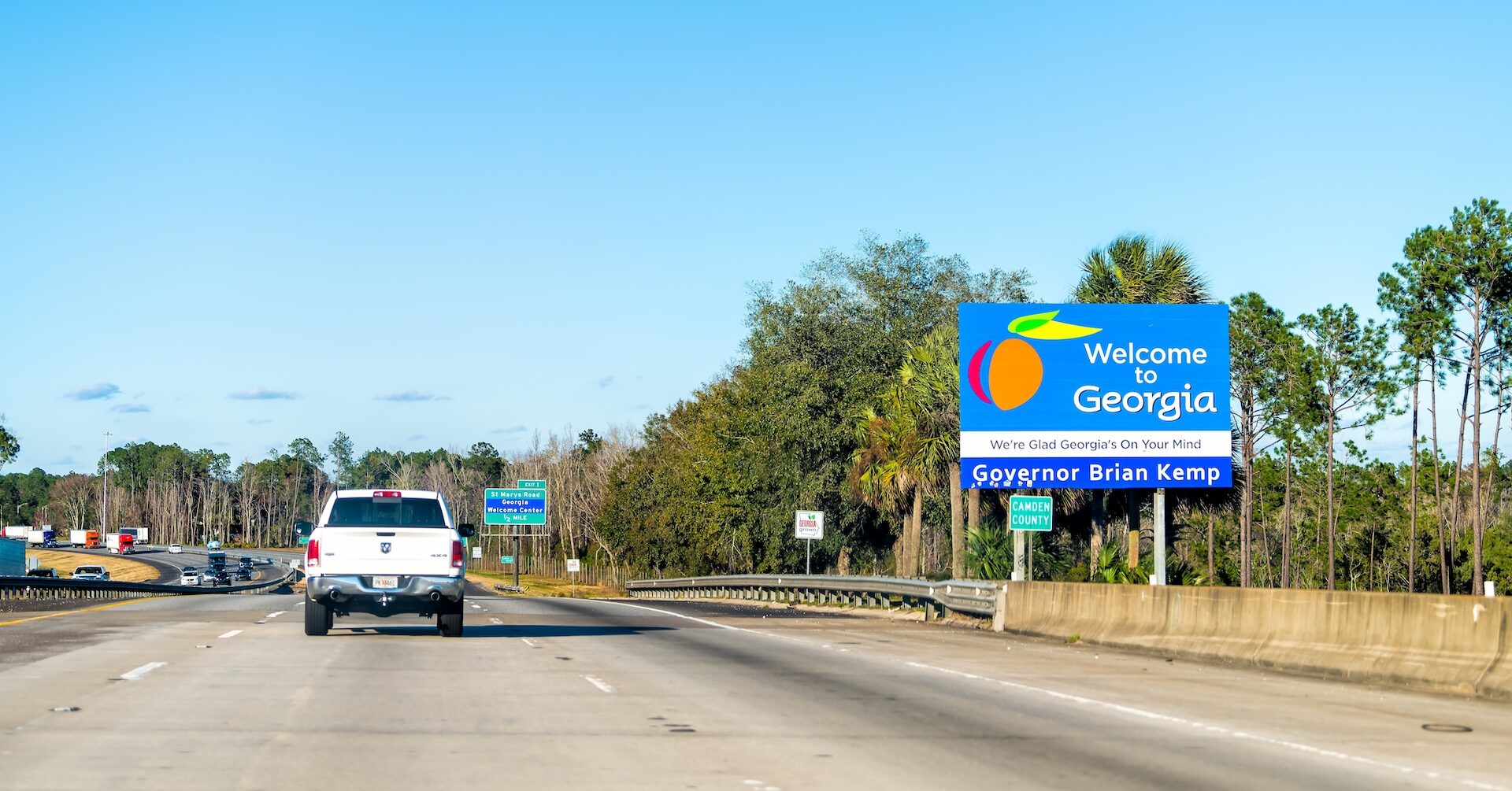
April 9, 2024 • Blog
Comparing Cobb and Gwinnett County transit plans
Gwinnett and Cobb County will ask voters to approve a one-cent sales tax to expand public transit options this fall.
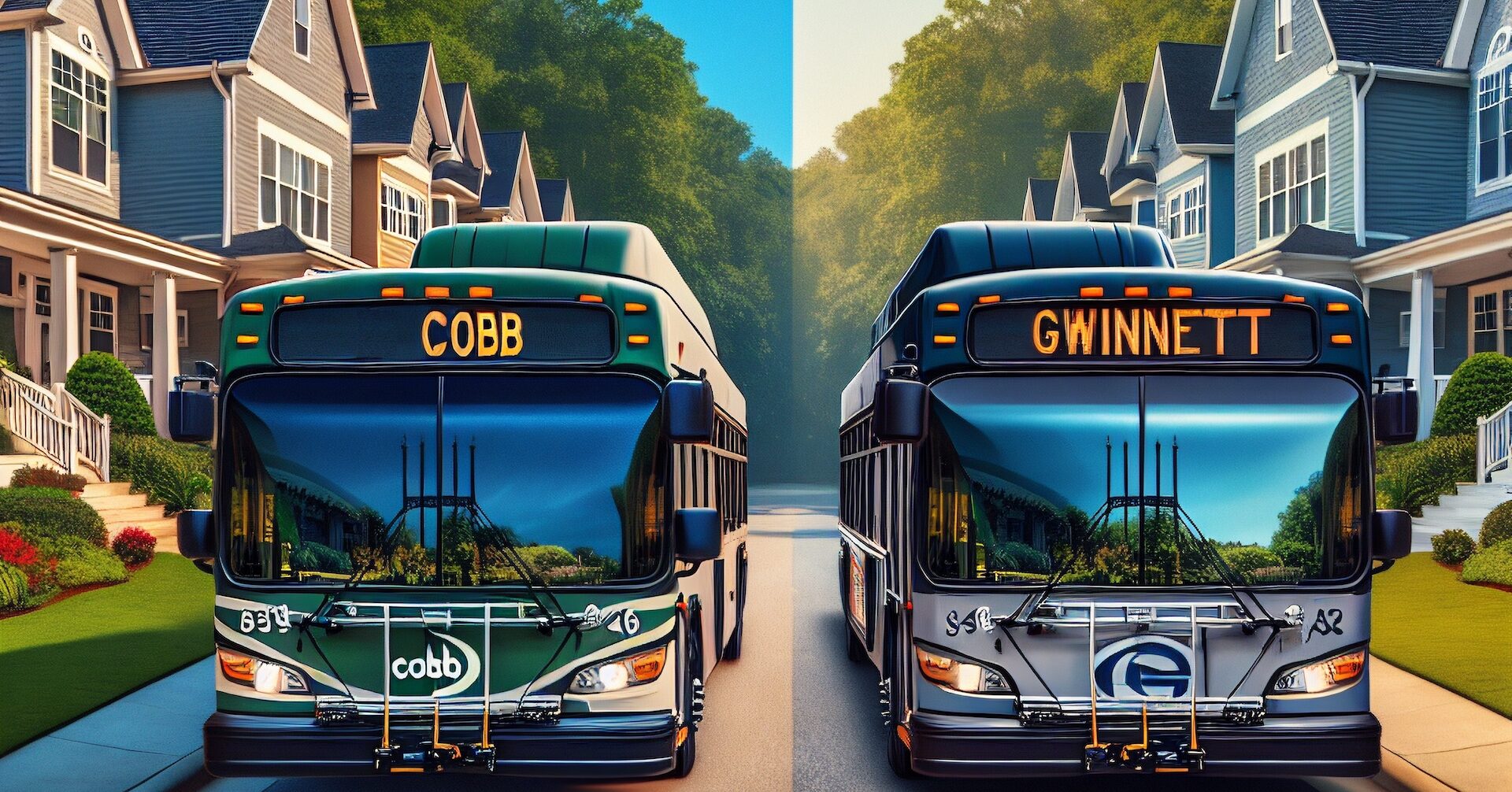
March 6, 2024 • Blog
Gwinnett County offers latest transportation tax plan
When Gwinnett County voters head to the polls on November 5 they will be asked to approve a new one-cent sales tax to expand transit service in the county.
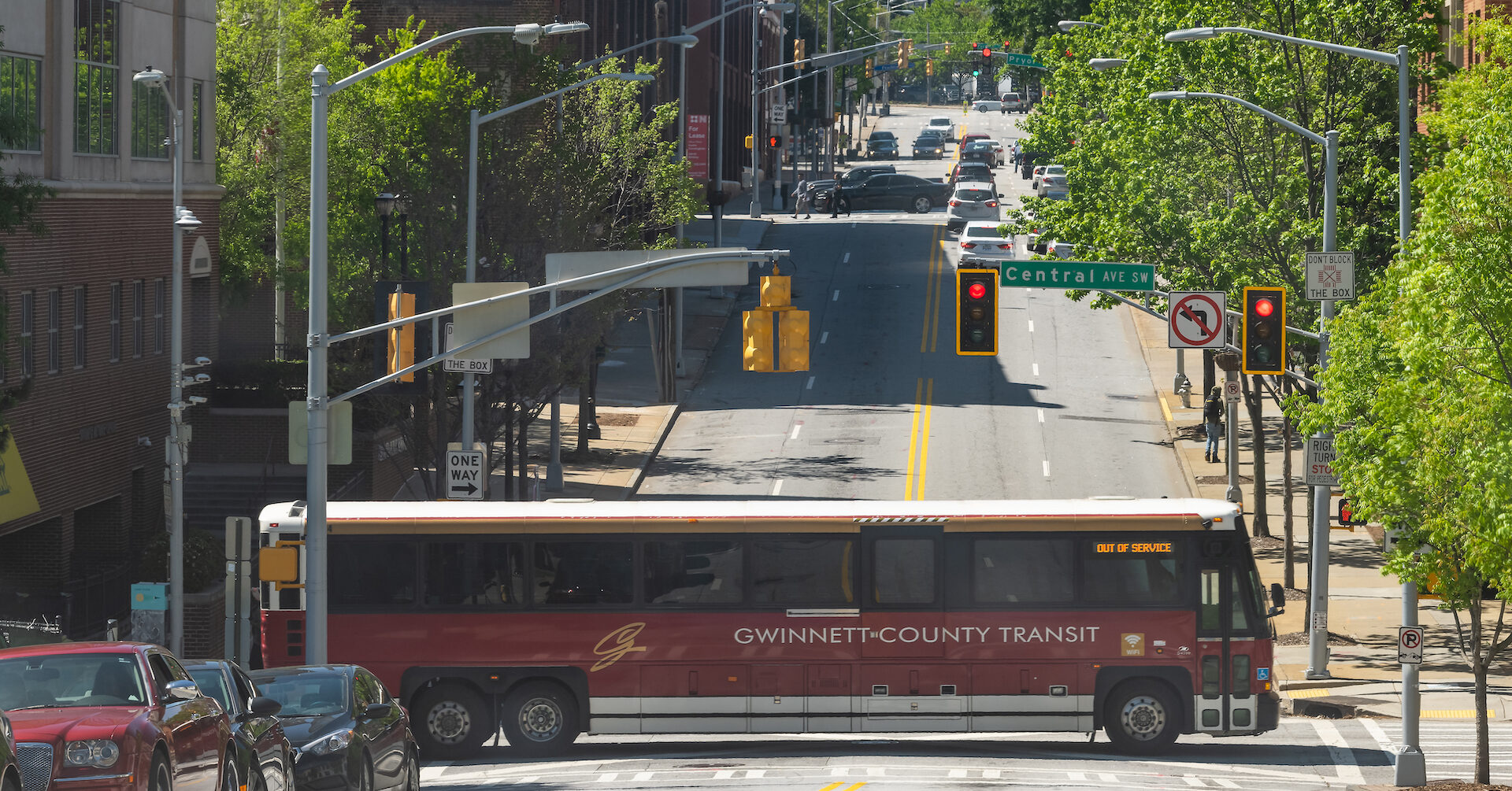
February 1, 2024 • Commentary
Cobb County transit plan has a lot to like but also potential problems
Rather than stage another MARTA referendum, the county is trying a lower-cost approach that adds 108 miles of fixed-route service.
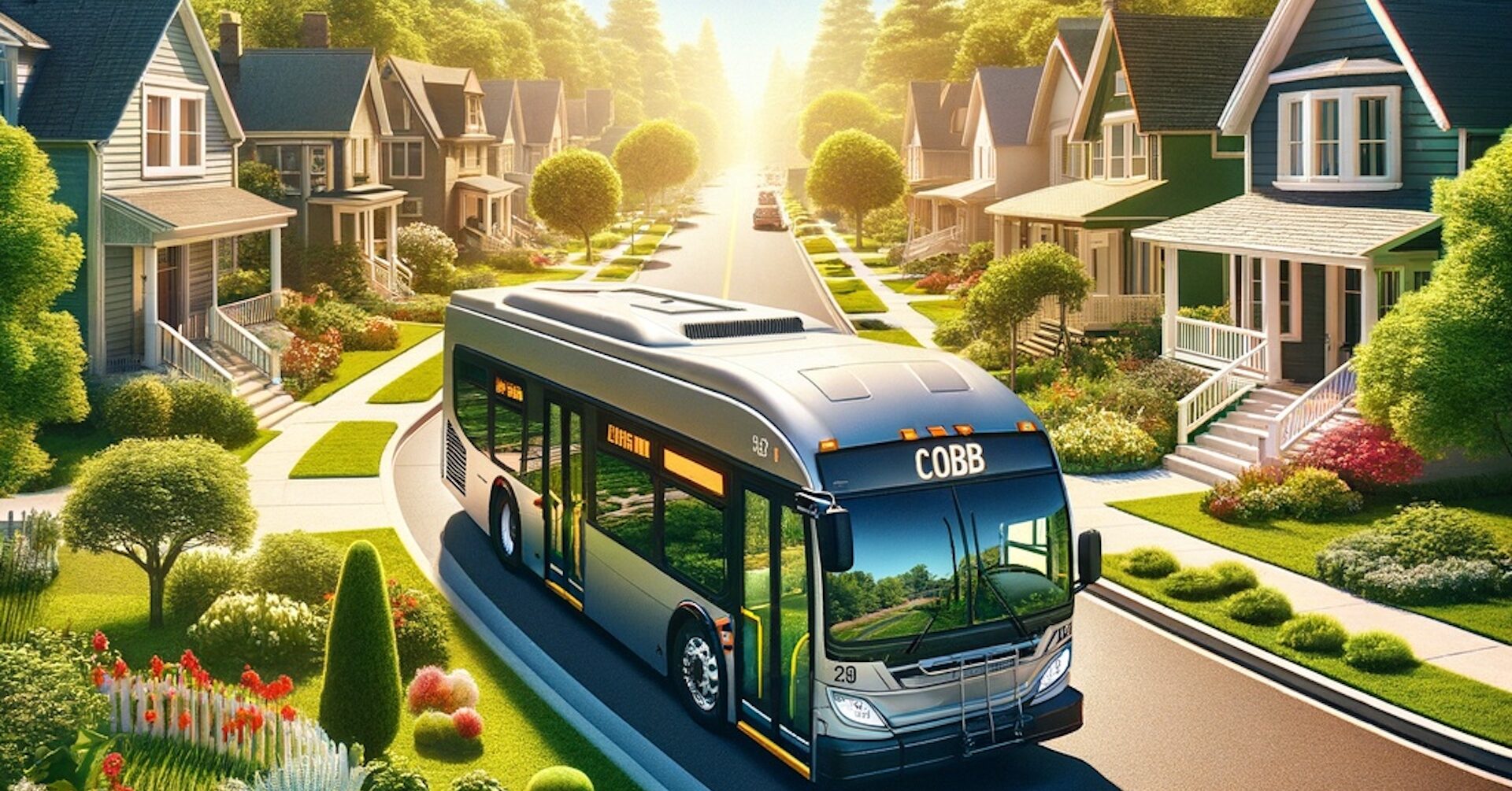
July 27, 2023 • Commentary
Replacing the fuel tax with a mileage-based user fee?
For decades, Georgia has paid for its roads, bridges and other transportation infrastructure with a fuel tax. But that might be changing.
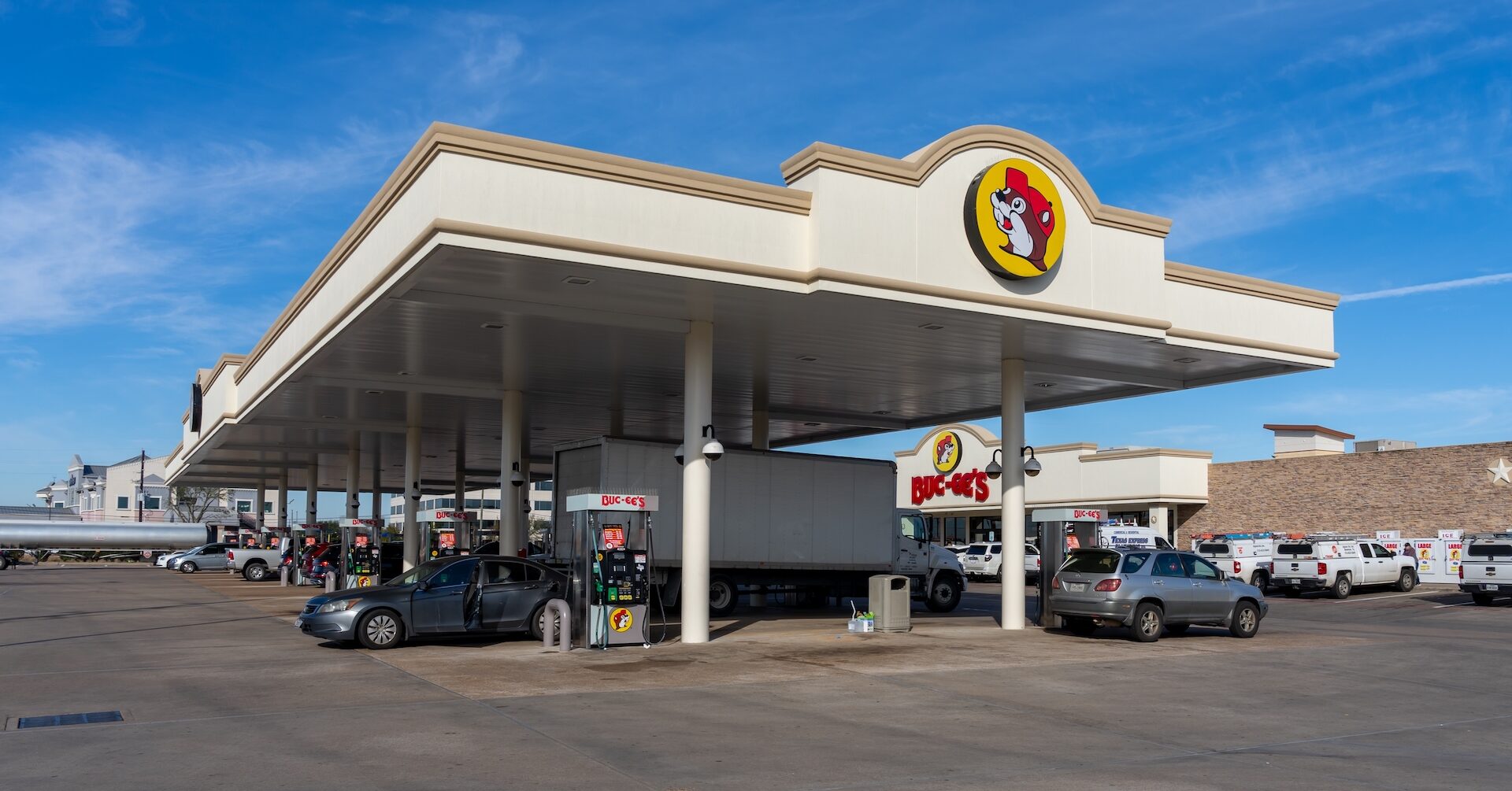
June 14, 2023 • Commentary
Investment in transportation continues to grow
Since the failed transportation tax of a decade ago, transportation funding has increased from $800 million to over $2 billion.
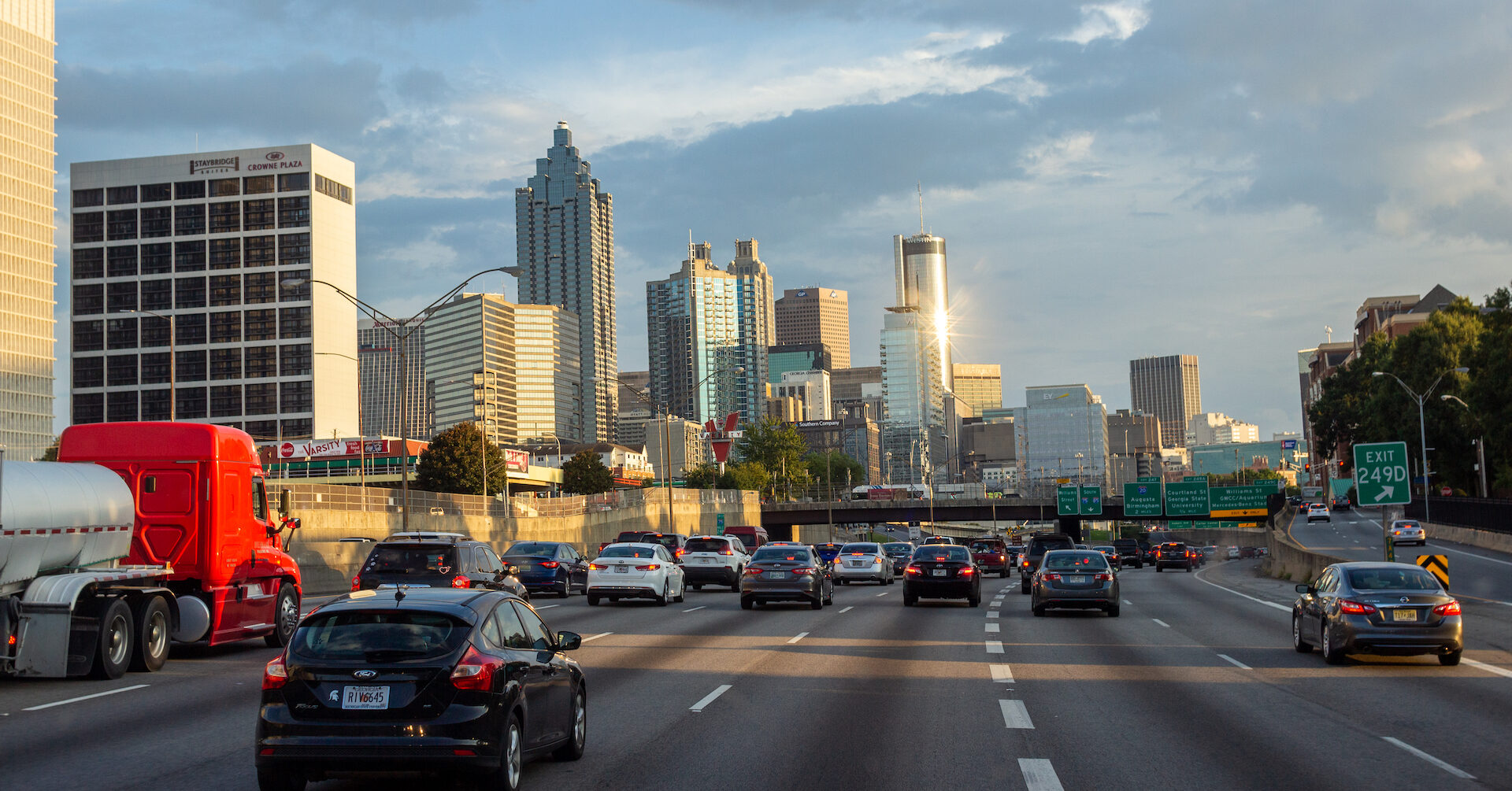
February 16, 2023 • Commentary
Atlanta streetcar: Grand plans and failed ambitions
Atlanta’s streetcar has proven to be both more expensive than expected, while serving less people than predicted.
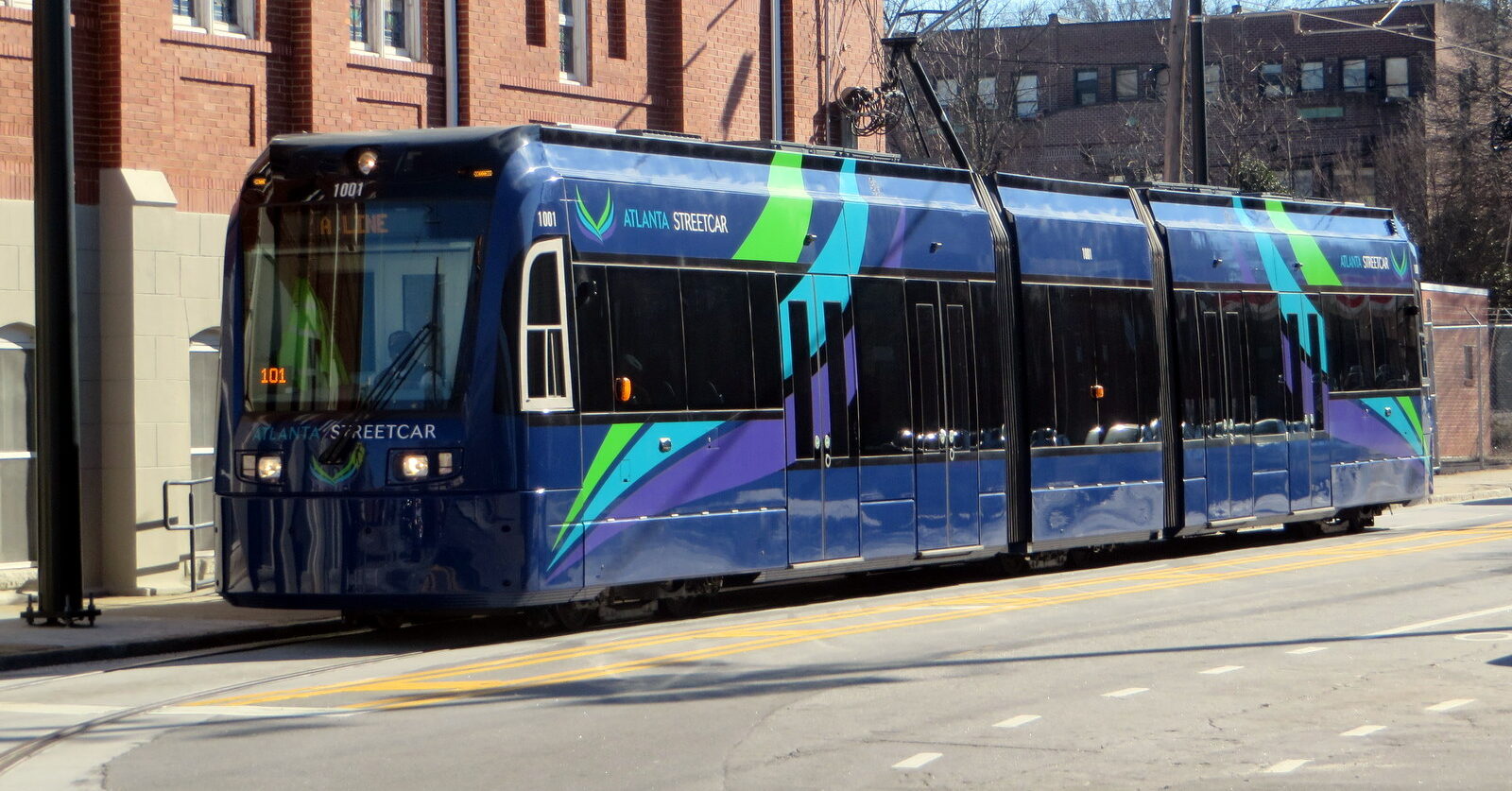
December 20, 2022 • Blog
Improving Atlanta’s traffic congestion
The state’s transportation policy goals must prioritize improving mobility and relieving congestion.

October 20, 2022 • Commentary
Facts-Based Principles and Practical Recommendations: Guide to the Issues 2022
The Georgia Public Policy Foundation is excited to announce the release of the latest edition of Guide to the Issues!
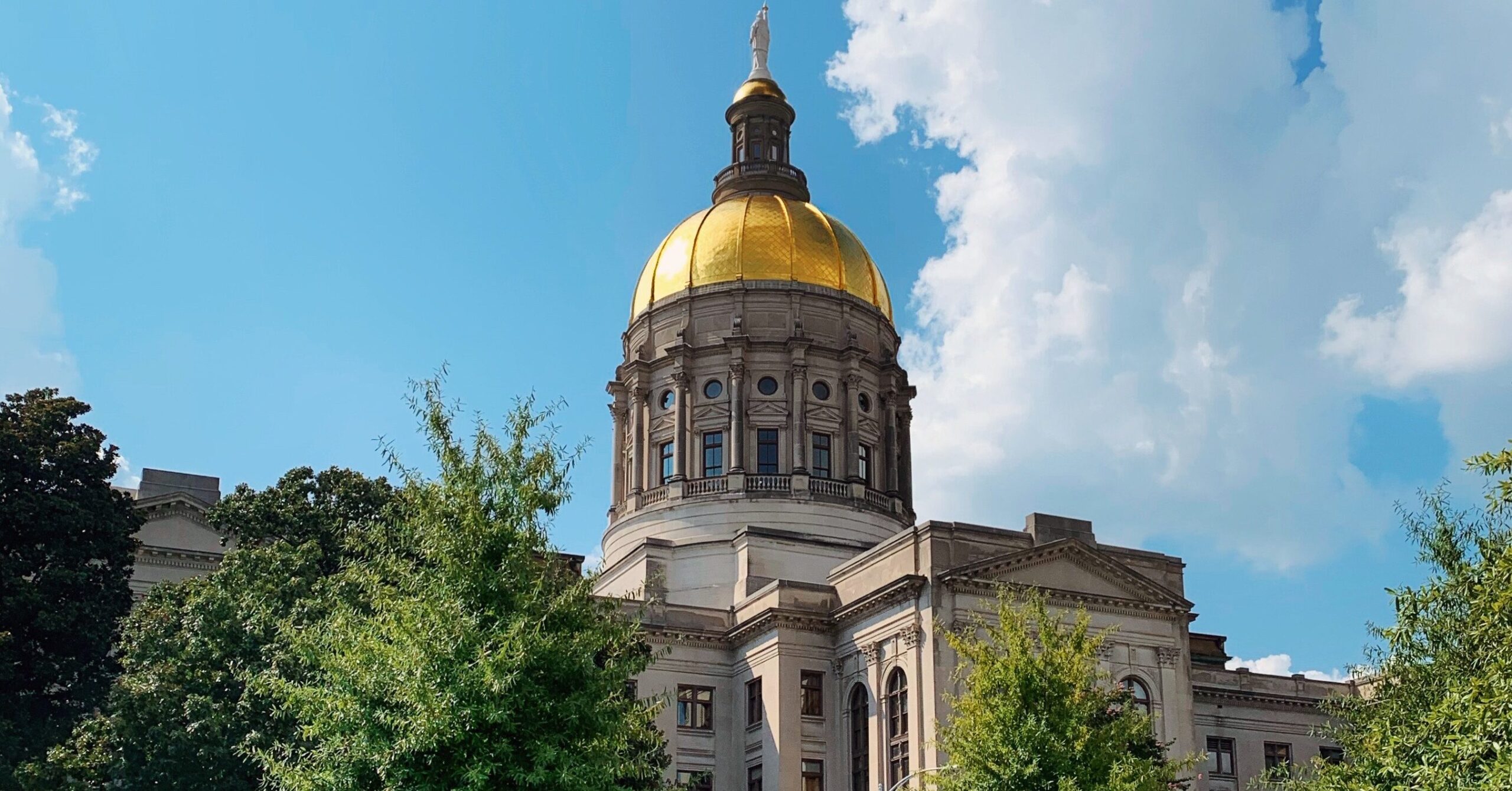
September 30, 2022 • Commentary
Toll Roads: A Solution to Metro Atlanta’s Traffic Nightmare
A necessary part of the solution to Atlanta’s traffic problem is creating more toll roads.

July 22, 2022 • Commentary
BRT is the Right Move for MARTA
Bus Rapid Transit is the practical, value based, and equitable solution to public transportation in the Campbellton Corridor.
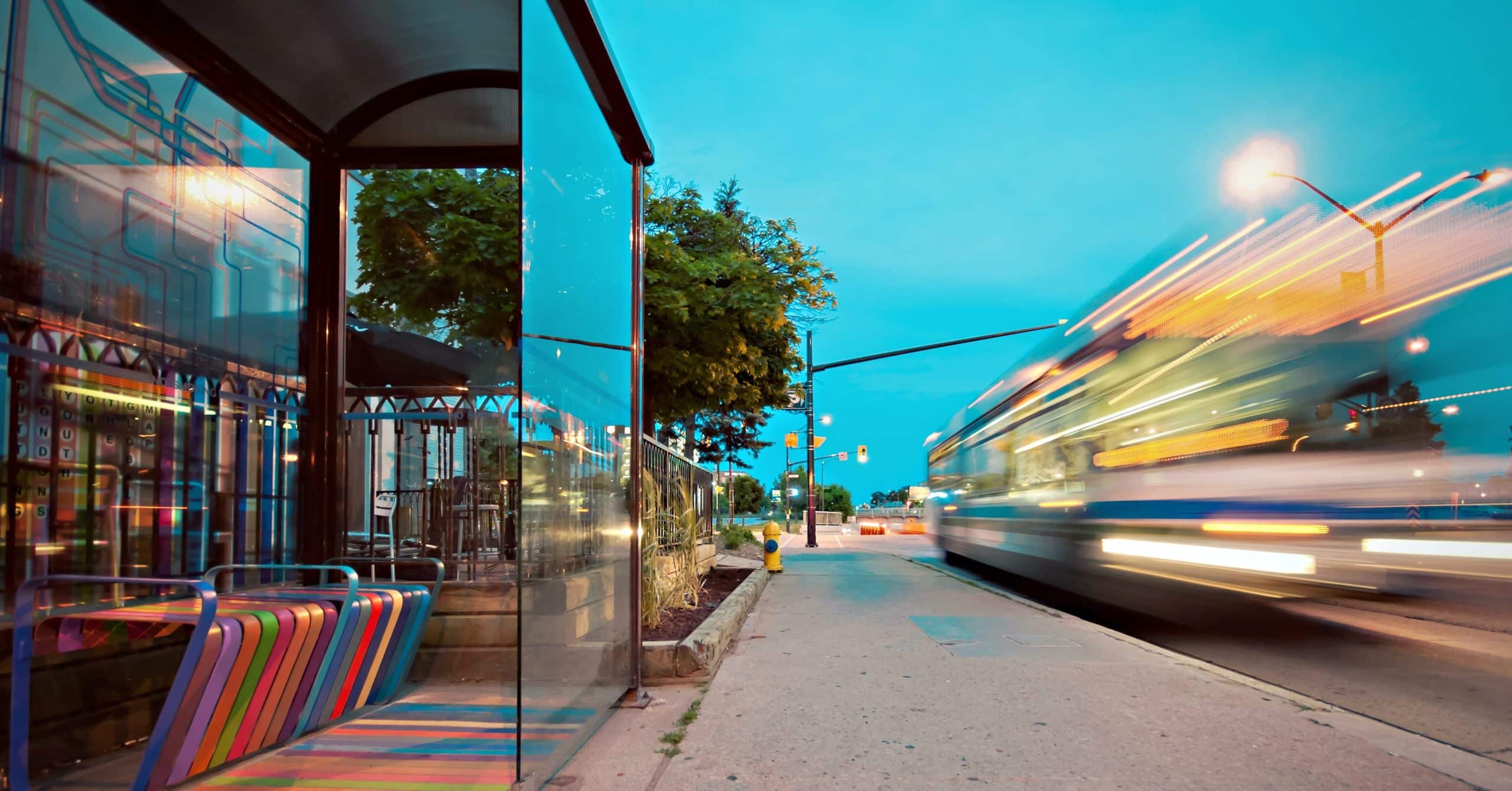
March 4, 2022 • Reason
There Are Many Problems With Democrats’ Plan for a Federal Gas Tax Holiday
A federal gasoline tax holiday would undermine the user fee system for funding highways and could worsen inflation.

November 15, 2021 • Press Release
Study on Mileage-Based User Fees for Georgia Debuts at State Capitol
Transportation Expert to Testify on Mileage-Based User Fees for Georgia
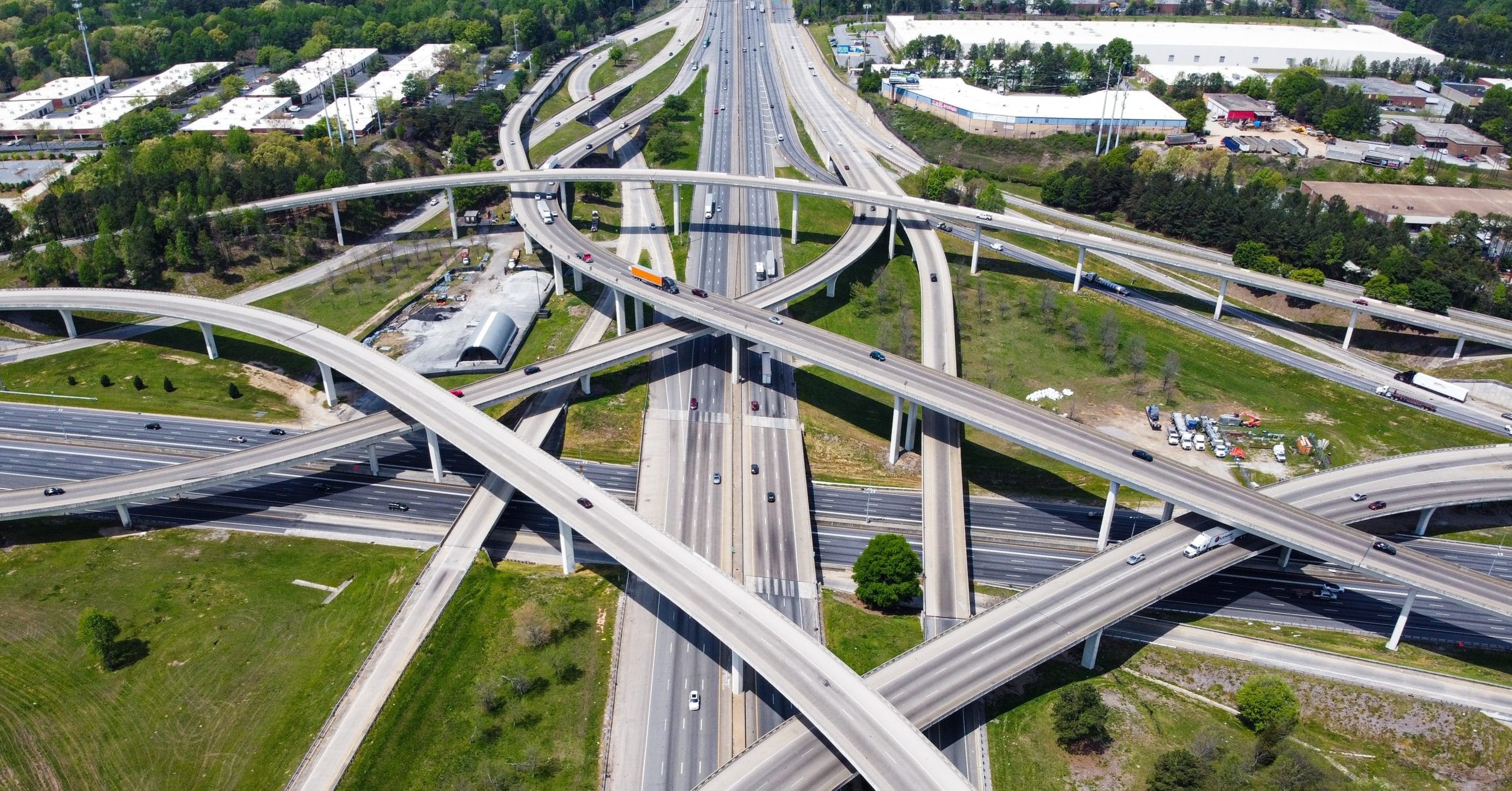
November 5, 2021 • Commentary
Propane Prices Hit the Gas, the Wallets
Propane is an odorless by-product of natural gas processing and petroleum refining, but soaring prices for the fuel are set to cause a big stink.
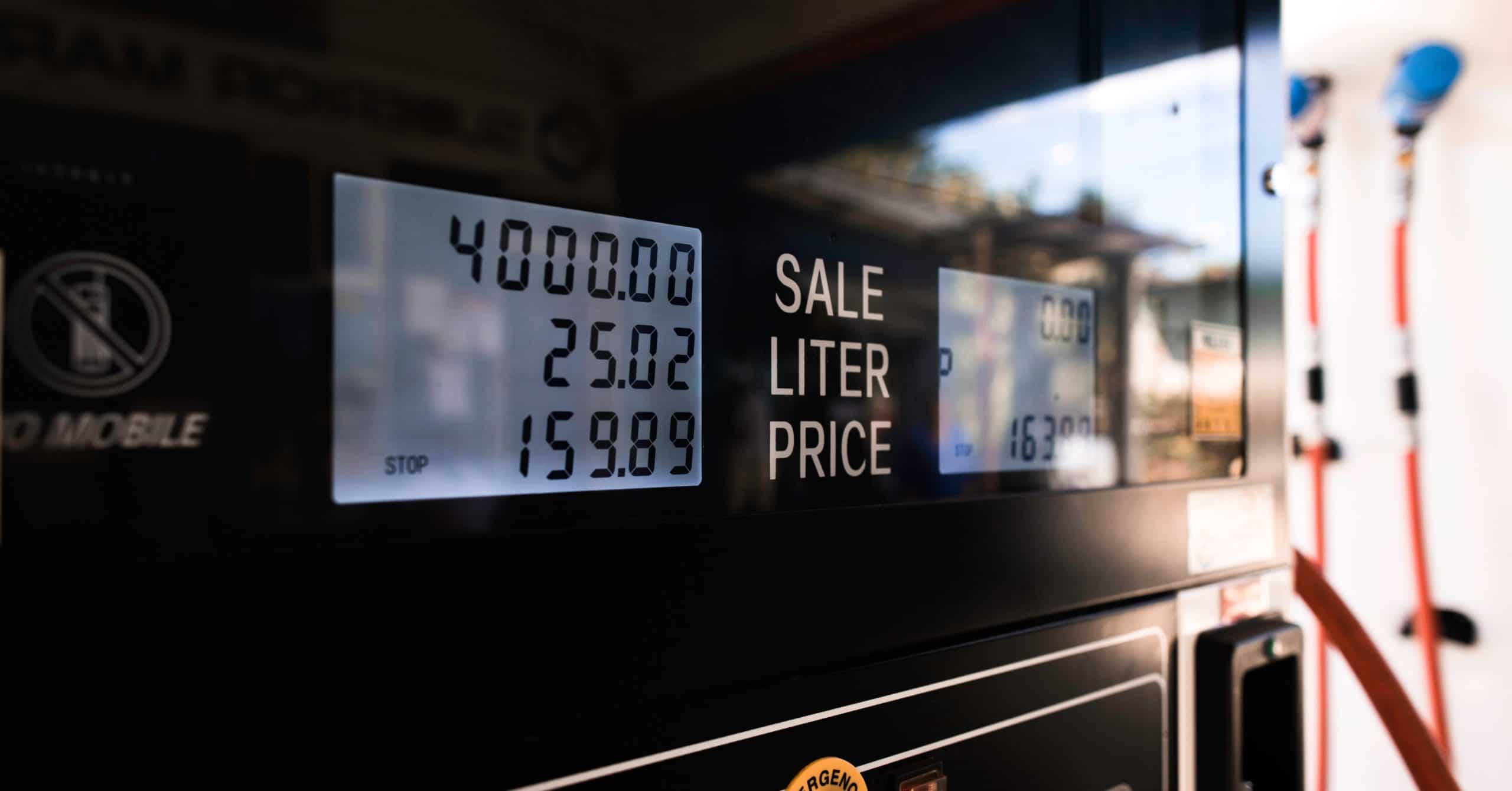
July 9, 2021 • Commentary
New Express Lanes to Ease Taxpayer Toll
Atlanta Braves’ fans still chuckle about Pascual Perez, who missed his start for the Braves after getting lost on Interstate 285. It was August 1982, and the 25-year-old drove around the 64-mile beltway […]

Friday Facts
For more than two decades, the Georgia Public Policy Foundation had published Friday Facts every Friday.
We provide the latest news from Georgia, commentary on the top issues of the day and the latest updates from the Foundation.
Stay informed by signing up below.